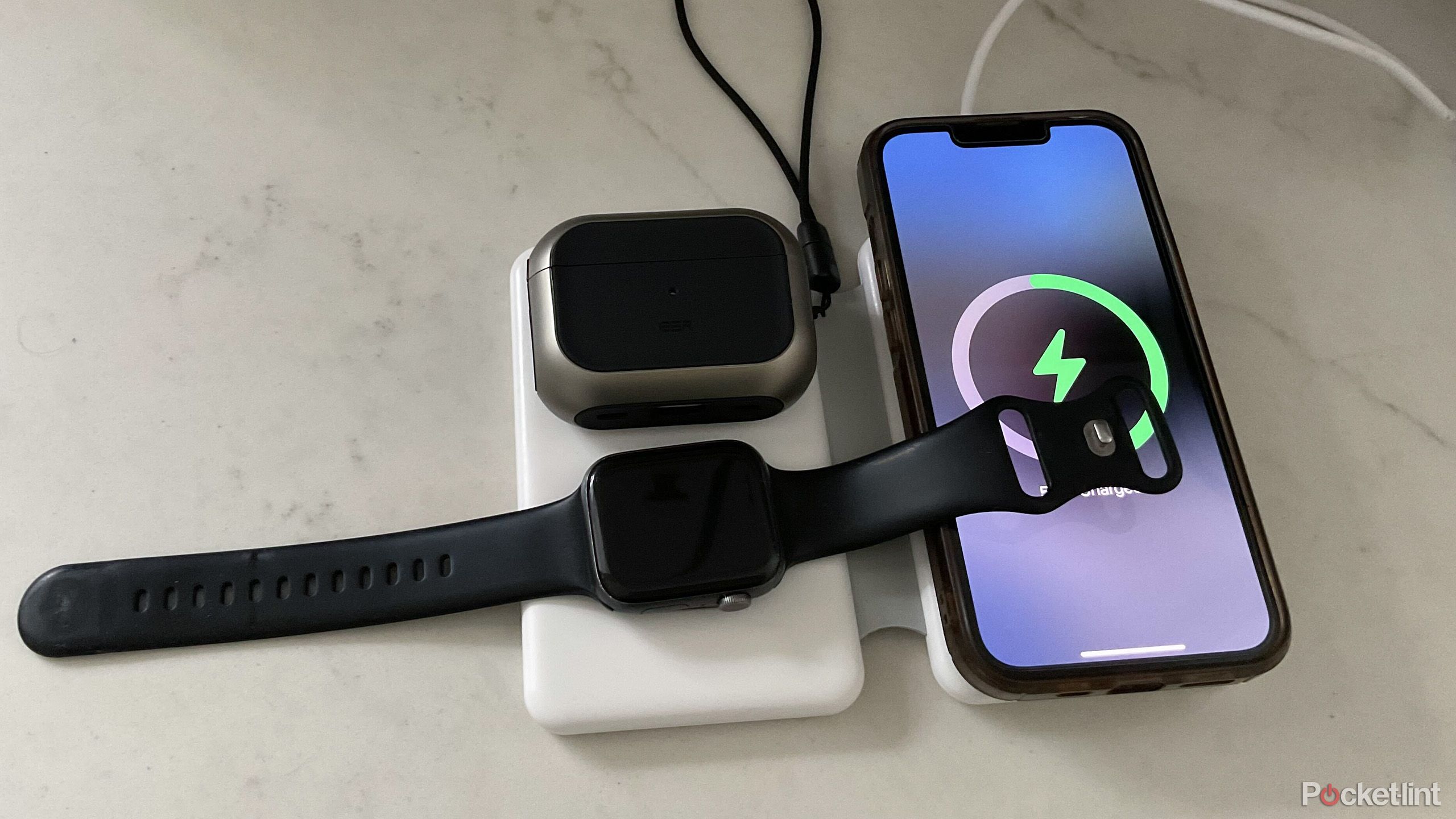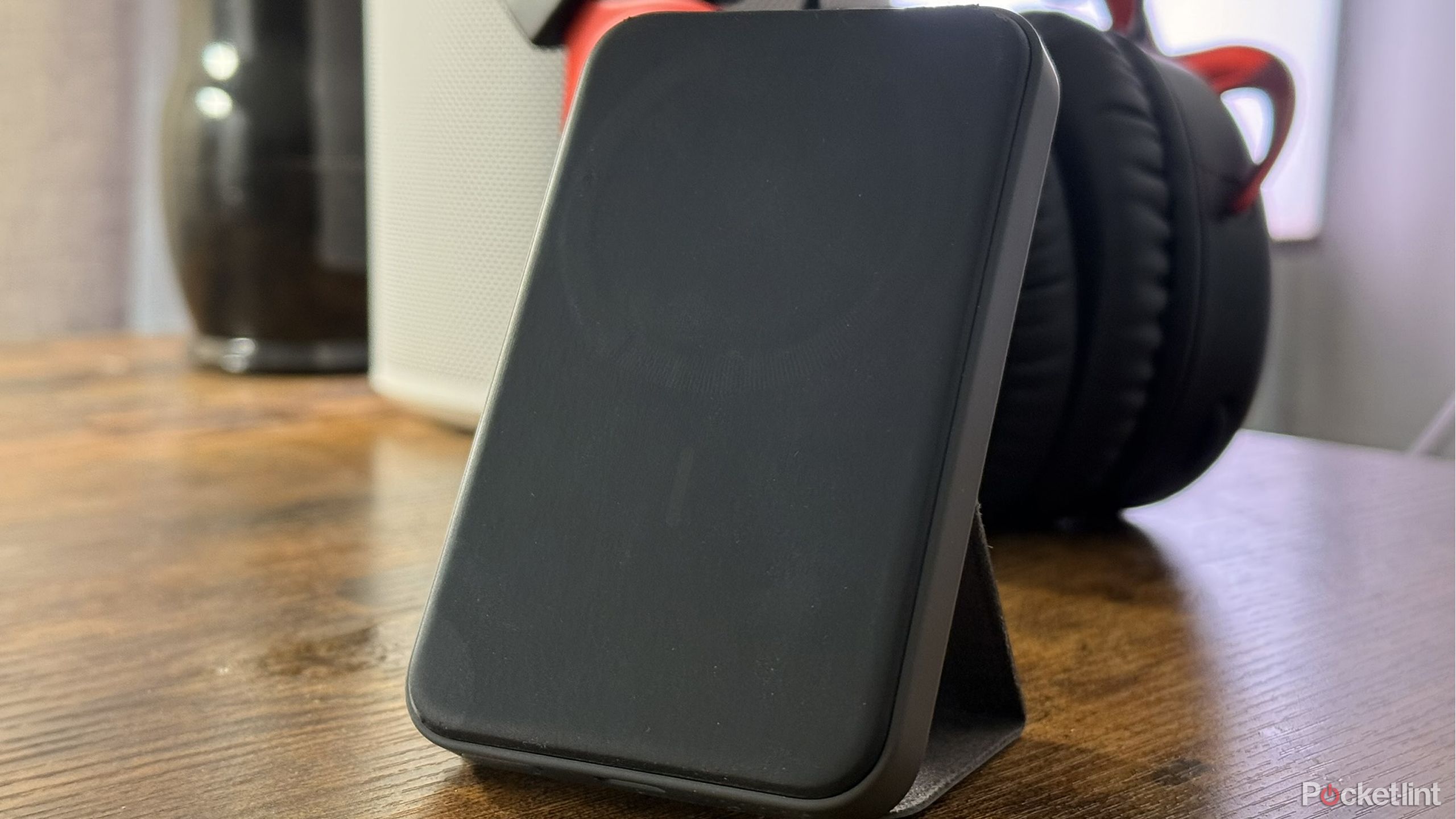Summary
- Plan not just to bring every gadget you need, but make sure everything is charged before you hit the road.
- Download all the maps and music you might need for offline access.
- Bring a battery pack, and some sort of entertainment option for when you’re not driving.
Roadtrips have been a fact of life for me since I was born. While I grew up in a big city (Ottawa) most of my relatives lived out west, so my family would inevitably spend a couple of weeks driving there and back, and that’s when my dad wasn’t touring us around the rest of North America. Over a decade, I frequently ended up driving to places like San Antonio, Houston, and Galveston. And lastly, before moving to Edmonton, I lived in Calgary. There were multiple full-day trips to make that happen.

You might say then that I’m pretty familiar with how to make a roadtrip smoother. There are many pieces of advice I could offer, though for the sake of Pocket-lint, I’m going to focus on a few of the tech-related ones I follow. There’s probably more I could brainstorm — but these should at least be a good starting point.
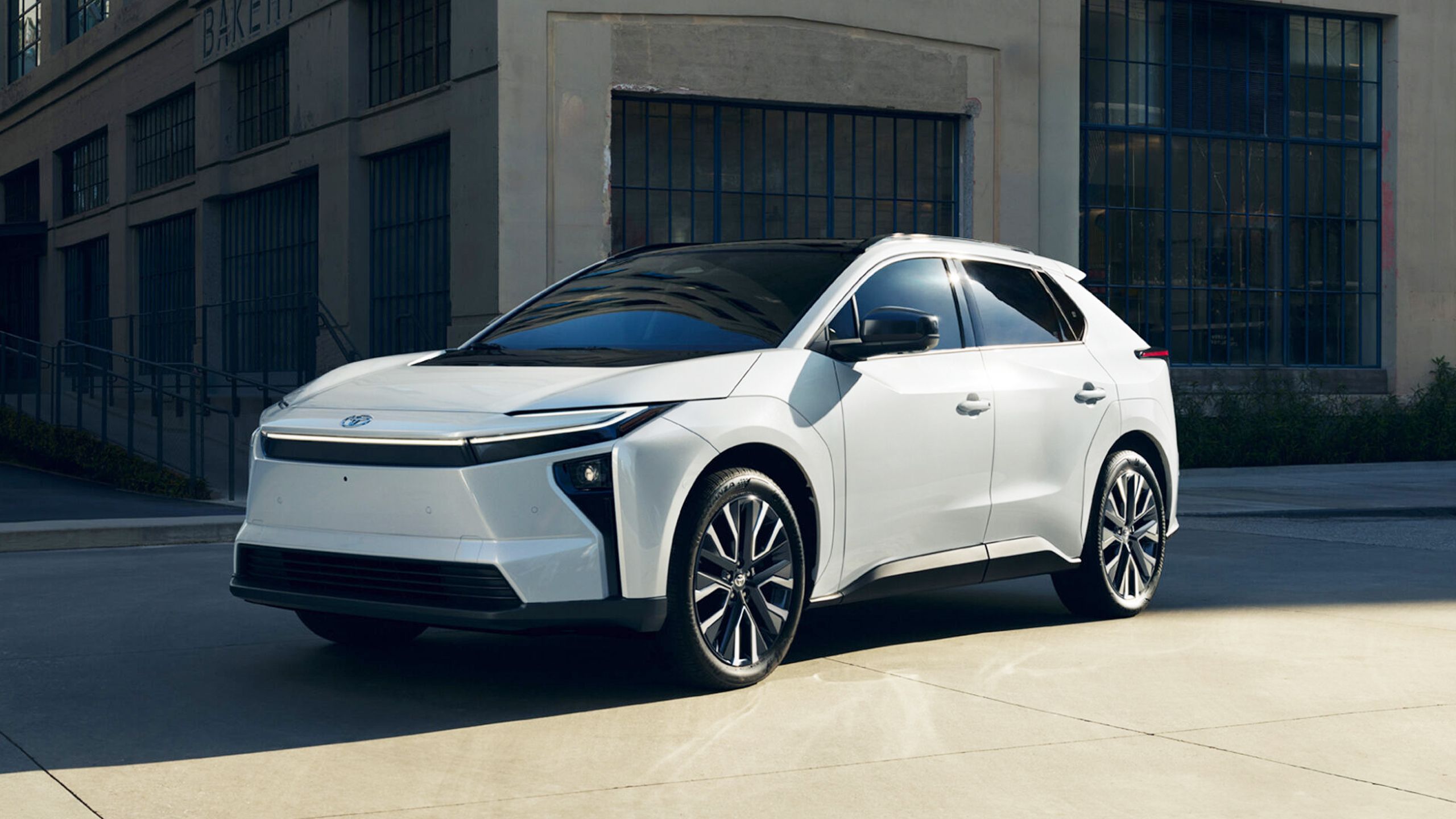
Related
I’m excited about the 2026 Toyota bZ and what it means for EVs
It’s not so much the vehicle itself as its ripple effects in the industry.
1
Make a plan to charge devices in advance
And remind yourself to do it, too
While you might be good about bringing gadgets along, one common mistake is grabbing everything at the last minute, regardless of what state it’s in. If luck isn’t on your side, you could find devices like headphones, cameras, and gaming handhelds running dry right when you need them. If your phone is low, you could be in serious jeopardy if you don’t have a USB cable or (well-charged) backup battery with you.
If you’re prone to forgetting, use your phone or smartwatch to set reminders.
My trick is to make a mental list of everything I need to bring, then schedule charging based on when I plan to head out the door. That doesn’t mean I charge every device all the way for each trip — my Apple Watch Ultra 2 isn’t going to die in a day. But thinking about it at least forces me to check battery levels and get organized. If it makes sense, I might take additional charging gear with me, say if I know I’ll have time for a top-up at a friend’s house.
If you’re prone to forgetting, use your phone or smartwatch to set reminders based on how long things take to charge, and whether you’ll need to use a device before you start driving. Your phone is probably ready to go most of the time, but you might need to budget a few hours to ensure your laptop and Steam Deck reach 100%.
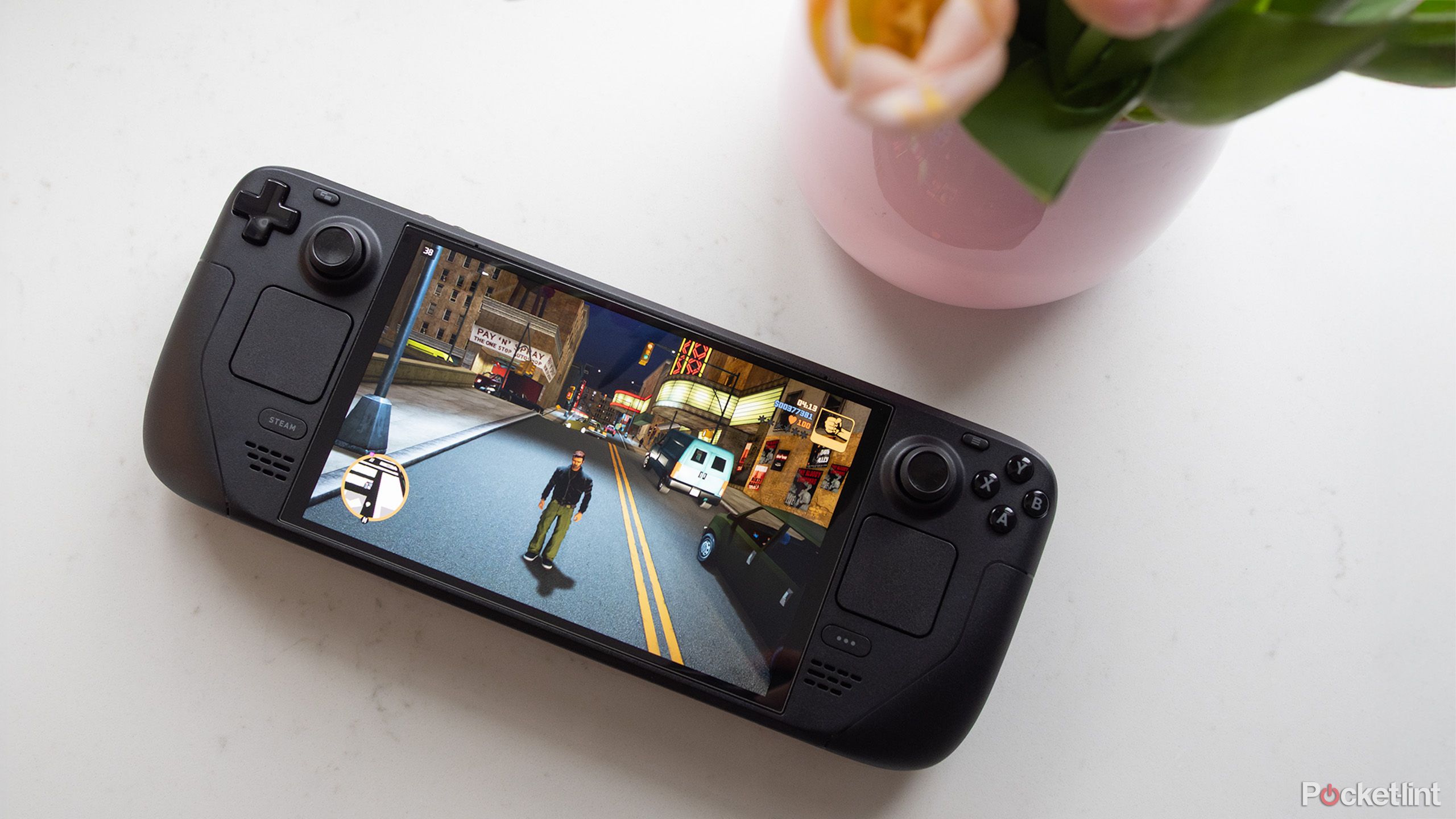
Related
The ROG Ally X is great, but the Steam Deck OLED easily beats it in 4 key ways
I like the ROG Ally X, but when it comes to on-the-go gaming, I find myself turning to the Steam Deck OLED – here’s why.
2
Cache music and maps offline
Don’t wait, do it now
Spotify
If you rarely leave city limits, 4G and 5G internet might seem omnipresent. But as I learned the hard way in Texas, there are huge stretches of North America without any decent cellular coverage, even right outside of major cities. That can translate not just into interrupted music and podcasts, but getting lost if you’re relying on your phone for navigation. At the very least, you won’t be able to re-route your trip until you get back online.
There are huge stretches of North America without any decent cellular coverage, even right outside of major cities.
For that reason, I make sure to cache all relevant maps and playlists offline, usually well in advance so that there’s no waiting for a download to finish. Services like Apple Maps, Google Maps, and Spotify all offer options for this. Just be sure to scrub anything you don’t need once you get home — the last thing you need is a one-off Spotify playlist preventing you from downloading apps or shooting video.
Actually, another point — remember to save all your intended destinations (and any alternative ones) before you download a map. You’ll save yourself some grief.
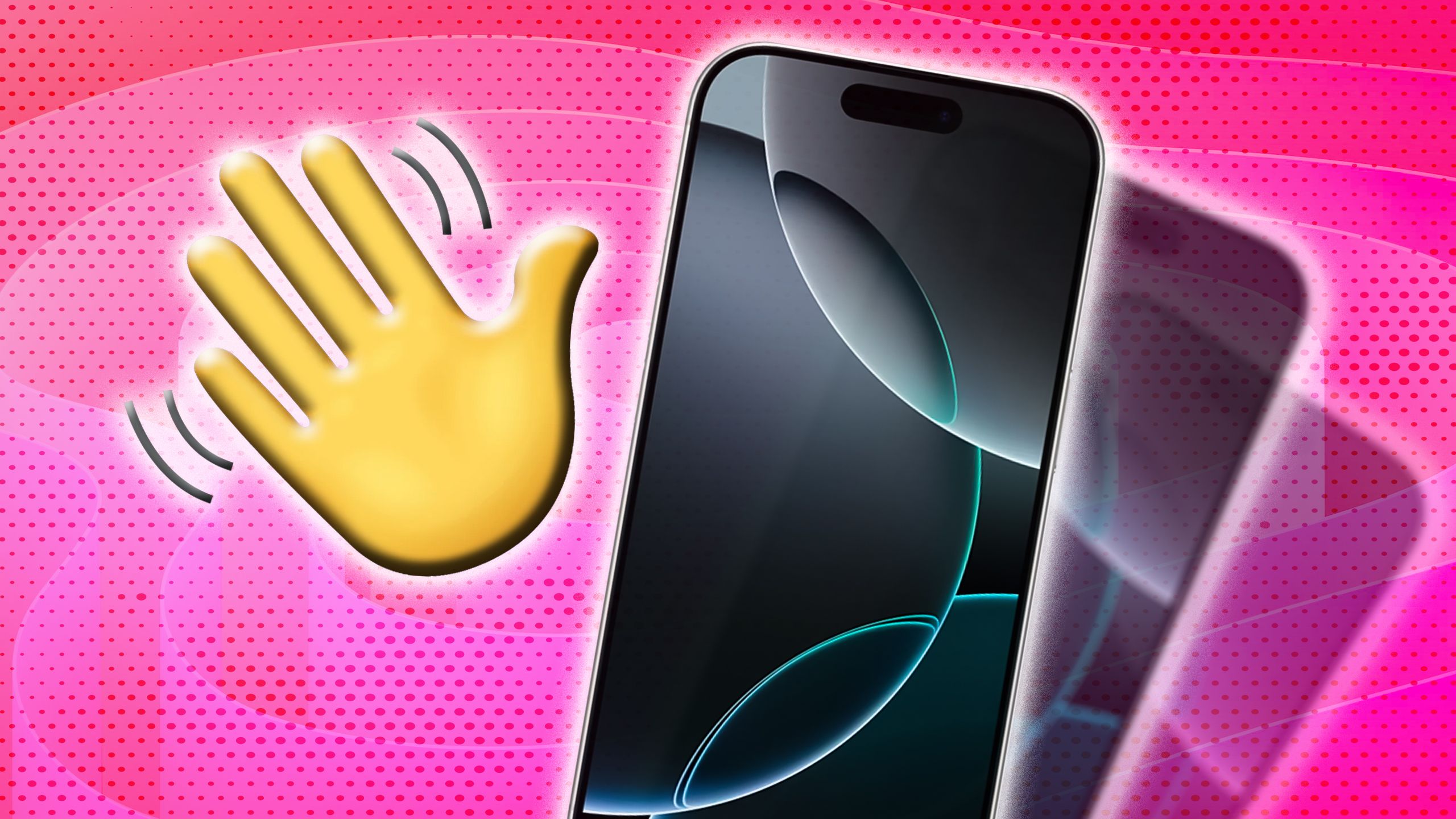
Related
What does Eddy Cue’s vision of an iPhone-free Apple future look like?
It’s one thing to claim it’s possible, but how practical is the idea?
3
Don’t neglect entertainment away from the wheel
The difference between a fun trip and a grueling ordeal
If you’re going to be the one driving during a trip and have little to no time for distractions, sure, you can focus purely on streaming music and podcasts on your car stereo. Otherwise, though, I find it’s essential to have at least one option for something you can do away from the car or riding in the passenger seat.
At a minimum, I like to bring a pair of earbuds — podcasts and YouTube videos can do wonders to kill time. If it’s going to be a multi-day affair, I might consider bringing my iPad or Steam Deck, preloading them with games I can access offline. I do have to weigh the benefits, since they’re going to take up backpack space and demand extra charging accessories.
Avid readers should bring their e-reader of choice, or, of course, a paper book. The e-reader is probably the better option, since you’ll have plenty of titles to choose from if you get bored.

Related
5 reasons why I use my iPad as an e-reader
Why should I get another device if my iPad can do it all?
4
Bring a battery pack
The bigger, the better
For many short-range trips, it’s reasonable to assume you can rely on in-car charging to get you through, even if things go sideways. But if you’re expecting to be away all day — say, leaving at 8AM, and returning at 10PM — you should probably consider bringing a fully-charged battery pack. It could be a lifesaver if your car breaks down, or if you forget to charge something, as I mentioned in my first tip. On multi-day excursions, a battery pack is almost mandatory.
It could be a lifesaver if your car breaks down, or if you forget to charge something.
The real question is what kind of battery you should buy. You can probably get away with a cheap one with just enough juice to top up your phone a single time, but if you’ve got the cash, a larger one with support for handhelds, tablets, and other devices will be useful. For camping and hiking trips, or going cross-country, I’d also add a solar charging panel into the mix. You need some sort of fallback if you find yourself stranded in the middle of nowhere.
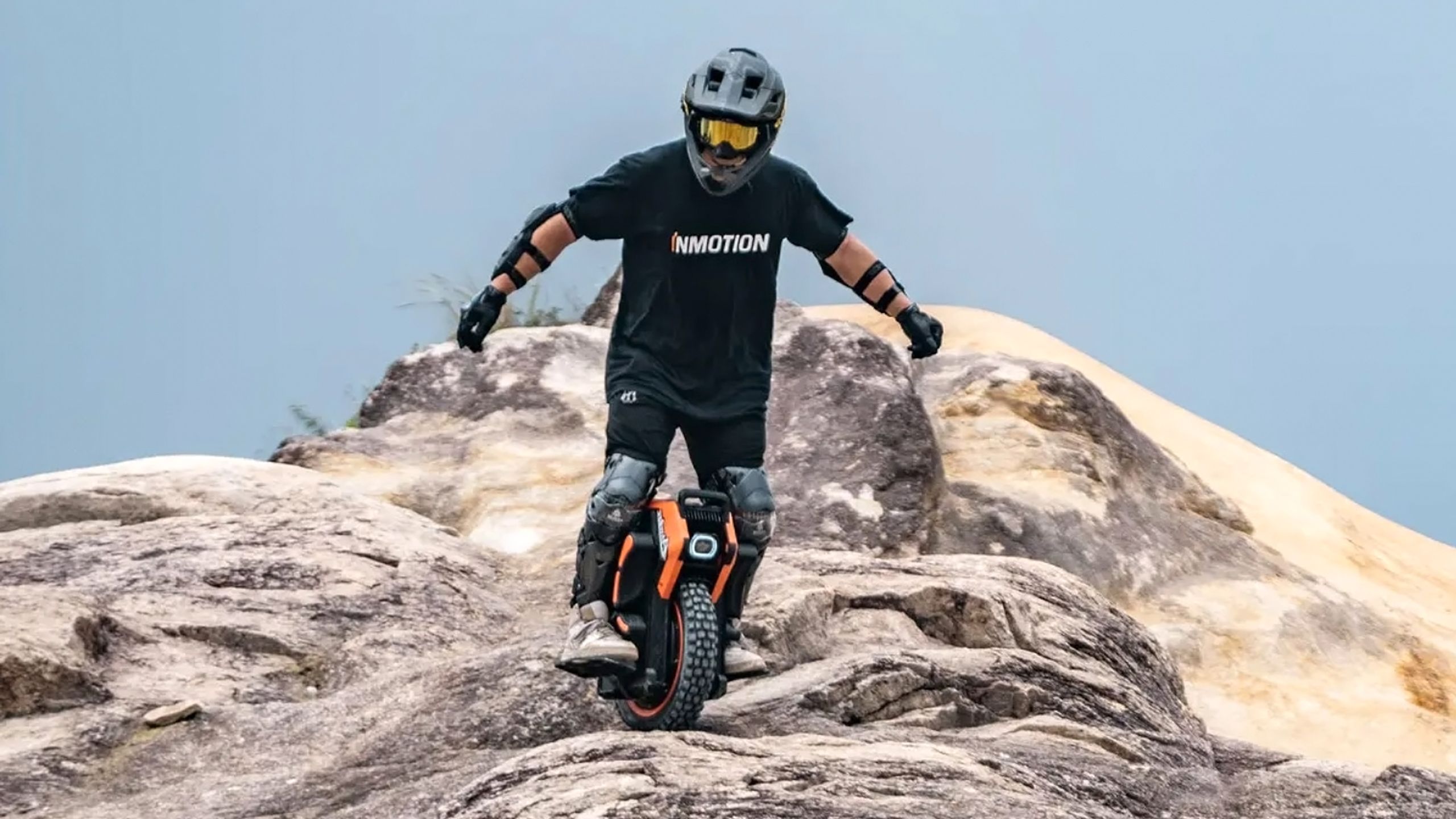
Related
Everything you need to know about PEVs, or personal electric vehicles
You can use PEVs to explore, run errands, or speed up your commute.





